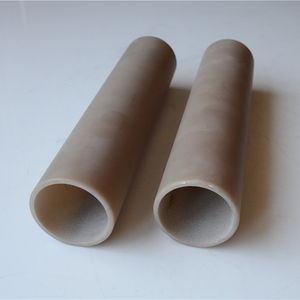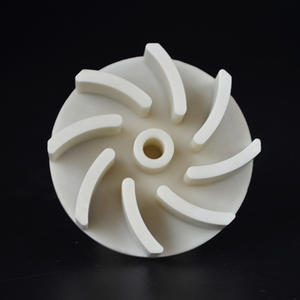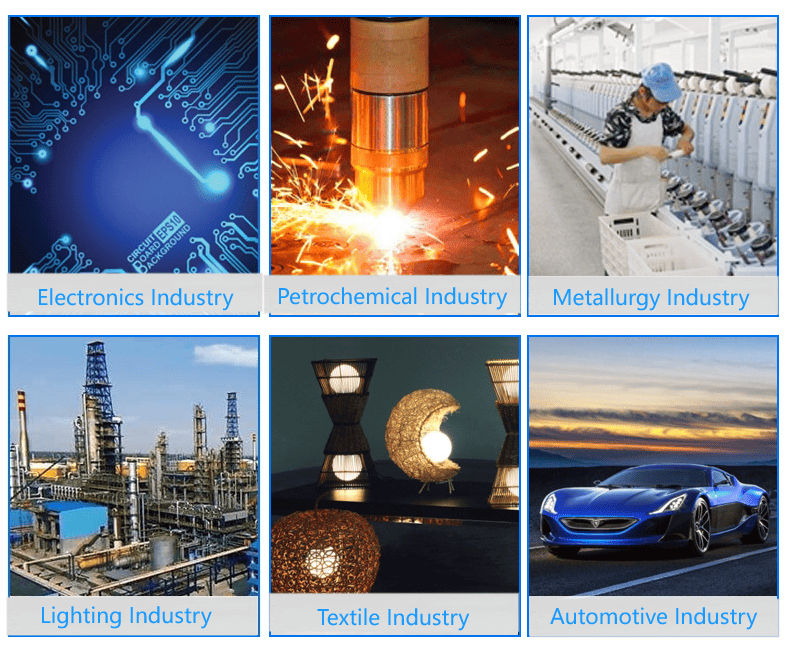Discover Premium Ceramic Products | Durability & Elegance United | Advanced Ceramics
PRODUCT PARAMETERS
Description
Overview of aluminum nitride ceramics
Aluminum Nitride Ceramic is an advanced ceramic material with aluminum nitride as the main component. It has been widely used in electronics, optics, and mechanics due to its unique properties.
Features of aluminum nitride ceramics
High thermal conductivity: Aluminum nitride ceramics have relatively high thermal conductivity, usually between 170-260 W/m·K, which makes it an excellent heat dissipation material. It is especially suitable for electronic devices that require efficient heat dissipation, such as substrate materials for power semiconductor devices.
Good electrical insulation: Despite its high thermal conductivity, aluminum nitride ceramics are excellent insulators of electricity, which can effectively prevent current leakage and ensure the safe operation of electronic components.
Low dielectric constant and dielectric loss: These characteristics make aluminum nitride ceramics very suitable for use in high-frequency circuits because it can reduce energy loss during signal transmission.
High temperature resistance: Aluminum nitride ceramics can maintain structural stability and strength at extremely high temperatures. Its melting point is about 2800°C, so it is suitable for applications in high temperature environments.
Low thermal expansion coefficient: Compared with semiconductor materials such as silicon, aluminum nitride has a lower thermal expansion coefficient, which means it has better dimensional stability when the temperature changes, which helps improve packaging reliability.
Corrosion resistance: Aluminum nitride ceramics have good chemical stability to most molten metals and are not easily oxidized or corroded, allowing them to perform well in harsh environments.
High mechanical strength: Although not as hard as some other types of ceramic materials, aluminum nitride ceramics still provide enough mechanical strength to allow them to be used in many structural applications.
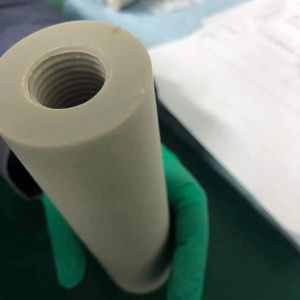
(Excellent Thermal Conductivity Aluminium Nitride AlN Ceramic Substrate)
Specifications of Excellent Thermal Conductivity Aluminium Nitride AlN Ceramic Substrate
Outstanding Thermal Conductivity Aluminium Nitride (AlN) Ceramic Substratum is a high-performance material created for sophisticated electronics. It successfully takes care of warm popular applications. The substrate provides a thermal conductivity series of 170-200 W/mK. This value exceeds traditional materials like alumina. Warmth dissipation comes to be a lot more effective. Digital elements remain cooler. System reliability improves dramatically.
The material keeps high electrical insulation. It avoids current leak. This guarantees safe operation in high-voltage environments. The dielectric strength surpasses 15 kV/mm. Electric systems gain improved security.
Thermal growth matches silicon. Anxiety at user interfaces reduces. Bonding with semiconductor chips comes to be extra stable. Performance uniformity boosts over temperature level cycles.
Chemical stability is another crucial function. The substratum resists deterioration from acids, alkalis, and molten metals. Extreme commercial environments posture no problem. Lasting resilience is ensured.
Mechanical toughness stays durable. Flexural strength reaches 300-400 MPa. The substratum handles mechanical stress and anxiety without fracturing. Rigorous processing problems are manageable.
Applications cover varied areas. Power electronics use it for shielded gateway bipolar transistors (IGBTs) and power modules. LED illumination gain from enhanced warmth administration. RF and microwave components accomplish stable signal transmission. Laser diodes and semiconductor handling devices rely on its thermal residential properties.
Personalization is available. Density ranges from 0.3 mm to 1.5 mm. Surface finishes consist of polished or metallized choices. Precise measurements fulfill details design requirements.
This AlN ceramic substratum matches sectors prioritizing thermal management. It integrates high performance with reliability. Instruments run efficiently also under severe problems.
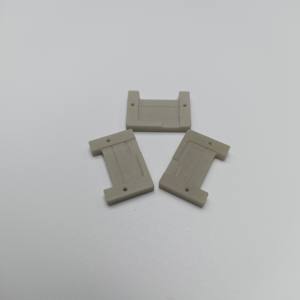
(Excellent Thermal Conductivity Aluminium Nitride AlN Ceramic Substrate)
Applications of Excellent Thermal Conductivity Aluminium Nitride AlN Ceramic Substrate
Outstanding thermal conductivity aluminum nitride (AlN) ceramic substratums are extensively made use of in industries requiring reliable heat management. Their high thermal conductivity permits fast heat transfer, making them optimal for electronic devices. Power modules in electric vehicles and renewable energy systems rely on AlN substrates to handle heats. This stops overheating, making sure steady performance and longer device life.
AlN ceramic substrates are common in LED lighting. High-power LEDs produce significant heat. AlN substrates dissipate this warmth properly, preserving brightness and color consistency. This expands the lifespan of LED components. The product’s electric insulation likewise prevents short circuits, adding security.
The electronics sector gain from AlN in semiconductor packaging. Advanced chips create even more warm as they reduce in size. AlN substrates handle this warm, protecting against efficiency decreases. They are made use of in radio frequency (RF) components and microwave tools. Their reduced signal loss and thermal security improve communication tools reliability.
Automotive systems utilize AlN substratums in electric vehicle power control units. These devices manage battery and electric motor operations. Effective heat dissipation makes sure constant power result and reduces failing threats. AlN’s resistance to thermal shock suits severe auto atmospheres.
Aerospace applications demand products that execute under severe conditions. AlN substratums are used in satellite systems and avionics. Their capacity to handle quick temperature changes and radiation exposure makes them vital for mission-critical components.
Commercial equipment like laser diodes and high-frequency induction heaters utilize AlN. The material’s sturdiness under high thermal tension guarantees constant operation. It likewise serves in chemical processing environments because of its rust resistance.
AlN ceramic substrates sustain renewable energy modern technologies. Solar inverters and wind generator converters use them to manage warm in power conversion. This enhances power performance and system dependability.
The combination of thermal conductivity, electrical insulation, and mechanical stamina makes AlN substrates versatile. They deal with heat-related difficulties throughout several sectors, improving efficiency and resilience popular applications.
Company Introduction
Advanced Ceramics founded on October 17, 2014, is a high-tech enterprise committed to the research and development, production, processing, sales and technical services of ceramic relative materials and products.. Since its establishment in 2014, the company has been committed to providing customers with the best products and services, and has become a leader in the industry through continuous technological innovation and strict quality management.
Our products includes but not limited to Silicon carbide ceramic products, Boron Carbide Ceramic Products, Boron Nitride Ceramic Products, Silicon Carbide Ceramic Products, Silicon Nitride Ceramic Products, Zirconium Dioxide Ceramic Products, Quartz Products, etc. Please feel free to contact us.(nanotrun@yahoo.com)
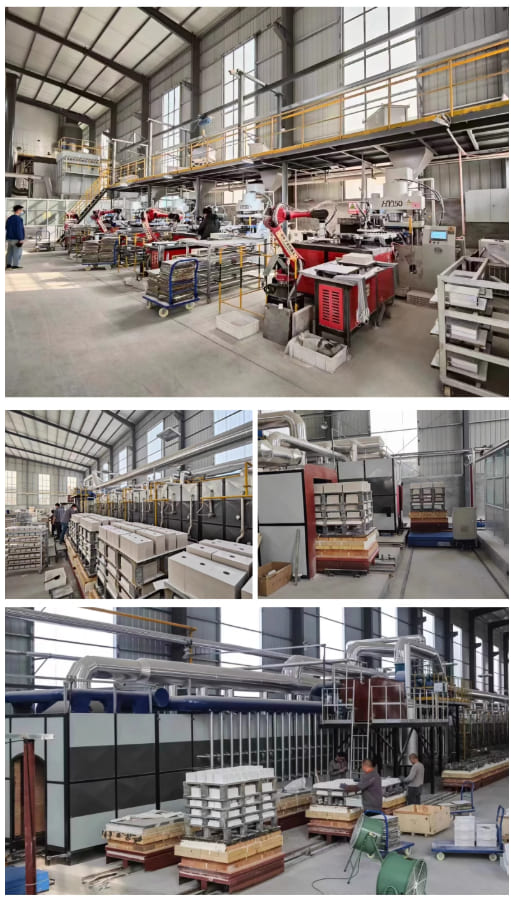
Payment Methods
T/T, Western Union, Paypal, Credit Card etc.
Shipment Methods
By air, by sea, by express, as customers request.
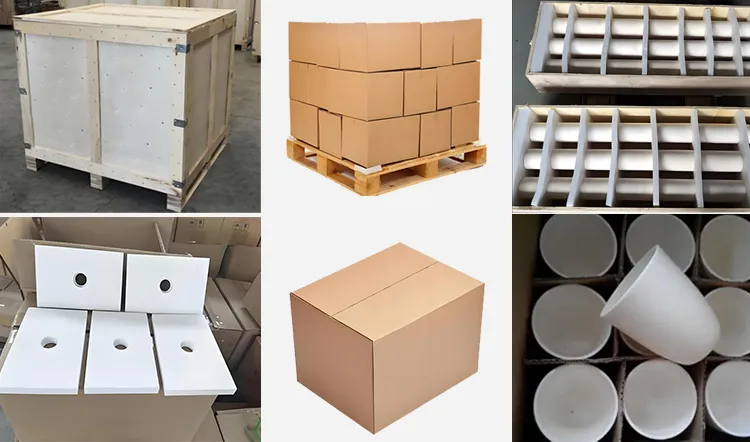
5 FAQs of Excellent Thermal Conductivity Aluminium Nitride AlN Ceramic Substrate
What is aluminium nitride (AlN) ceramic substrate? Aluminium nitride ceramic substrate is a material used in electronics. It moves heat very well. It works as an electrical insulator. This makes it good for managing heat in devices like LEDs or power modules. Its high thermal conductivity helps parts stay cool.
Why does thermal conductivity matter? Electronic parts get hot during use. Heat needs to move away fast. If heat stays, devices break or work poorly. AlN moves heat better than many materials. This keeps devices reliable. It stops overheating.
Where is AlN ceramic substrate used? It is common in high-power electronics. LED lighting uses it to handle heat. Power modules in cars or trains use it. Semiconductor manufacturing uses it for heat-sensitive steps. It fits where heat control is critical.
How does AlN compare to alumina? Alumina is another ceramic substrate. Alumina moves heat less effectively. AlN’s thermal conductivity is 170-200 W/mK. Alumina’s is 20-30 W/mK. AlN costs more. Alumina is cheaper for basic uses. AlN is better for high-power needs.
Are there handling tips for AlN substrates? AlN is sensitive to moisture. Store it in dry conditions. Avoid touching the surface with bare hands. Clean it before use. Oils or dirt weaken bonds with other materials. Follow guidelines for cutting or shaping. This prevents cracks or damage.

(Excellent Thermal Conductivity Aluminium Nitride AlN Ceramic Substrate)
REQUEST A QUOTE
RELATED PRODUCTS
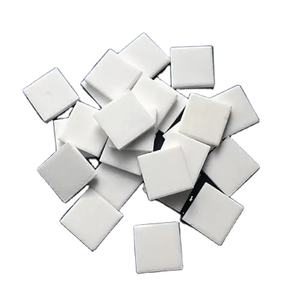
Aluminum Nitride Ceramic Sheet Aluminum Nitride Chip Aluminum Nitride Aln Ceramic Plate
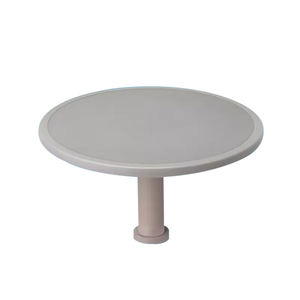
AlN ceramics hot pressed aluminium nitride plate
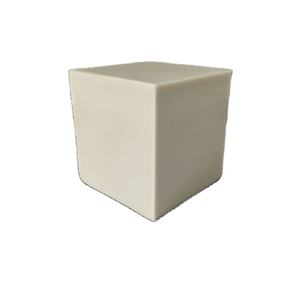
High Quality 99.9% 90-120um Aluminum Nitride Powder AlN Powder for Ceramics and Semiconductor CAS 24304-00-5
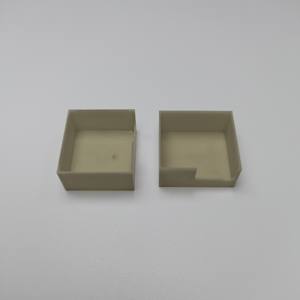
170W/m.k High Thermal Conductivity ALN Ceramic Substrate Aluminium Nitride Sheet

SINTYRON Semiconductor Ceramic Single Crystal 170 180w High Thermal Conductivity Aln Aluminum Nitride Ceramic Substrate
